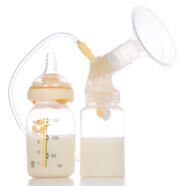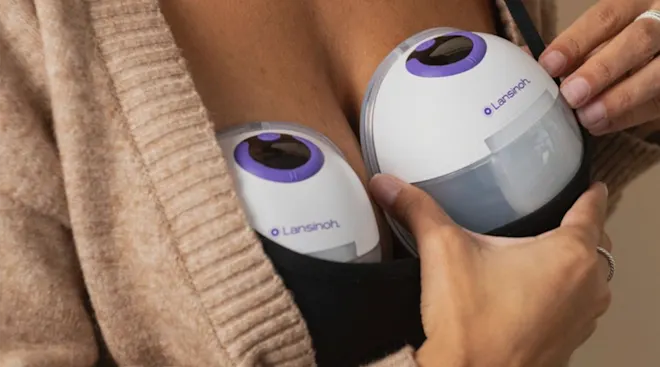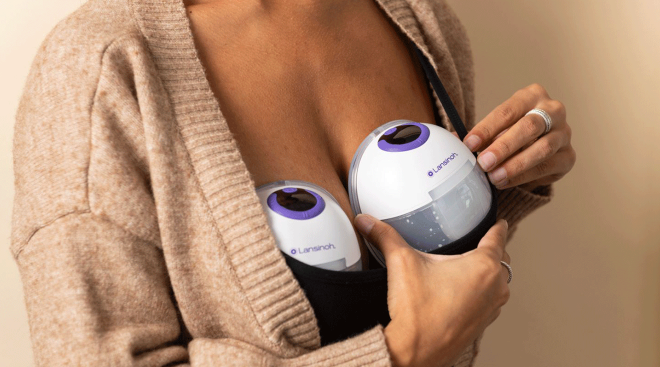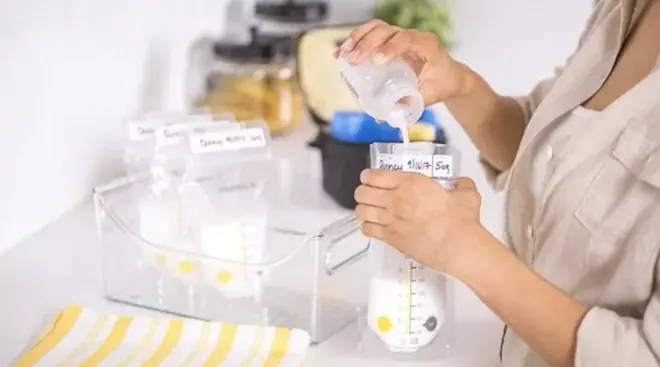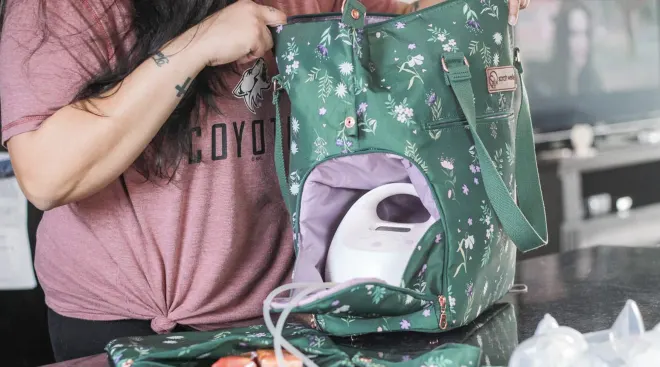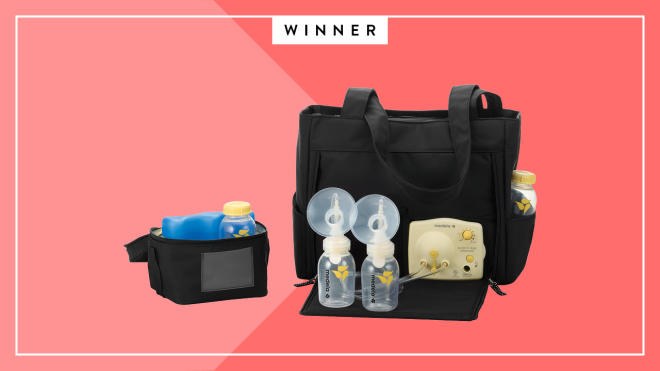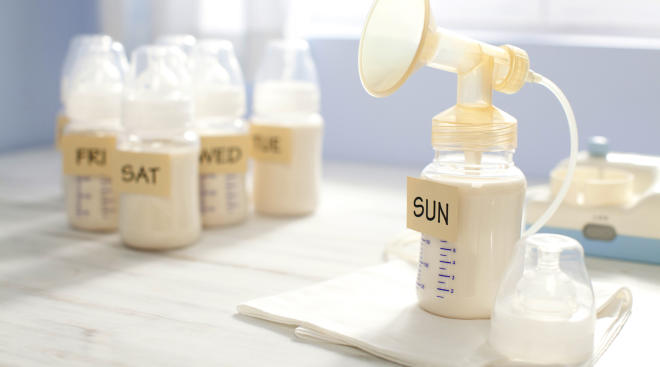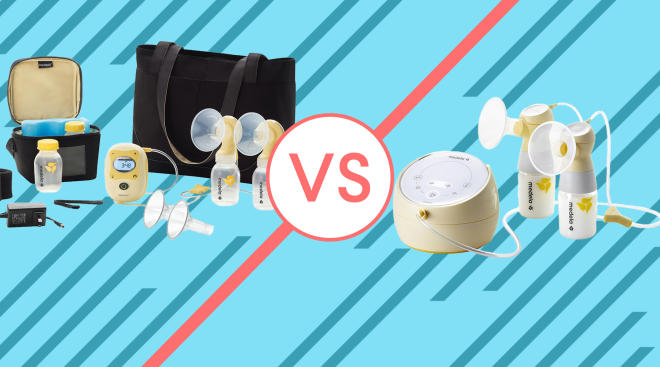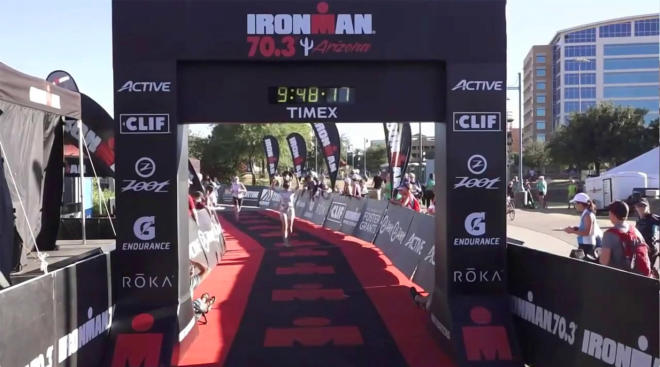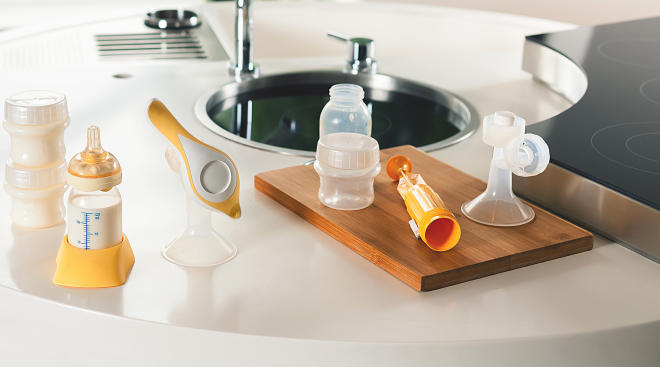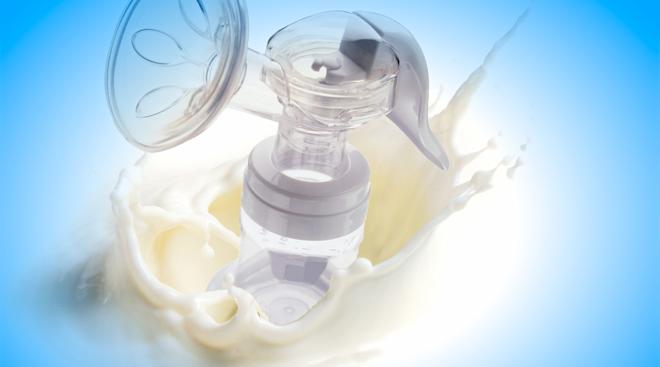Top 4 Things Moms Hate About Pumping (and How to Deal)
You hate: that it’s time-consuming
Taking time away from work to pump seems annoying — especially when you know you’re going to want to rush out the door at the end of the day to go home and see baby. You’ve got a limited amount of time to get everything done that you need. “The women that seem to have it the worst are school teachers, nurses, flight attendants and other people that don’t really get breaks,” says Jennifer Ritchie, a board-certified lactation consultant and the author of_ I Make Milk…What’s Your Superpower? _
How to deal: Get a really good breast pump. “With a good double electric pump, you can empty 95 percent of the milk in your breast in five minutes.” And those five-minute stints add up. “I’d rather have a mom pump a couple times a day for five minutes than not pump at all,” says Ritchie “It will negatively affect your milk supply if you don’t get that milk out.”
Still feeling guilty about squeezing in those quick pump breaks? Remind yourself that breastfed babies are less likely to get sick. And fewer sick days for baby equals fewer missed work days for you.
You hate: the pulling and pinching
Breast pumps aren’t nearly as cute, cuddly or comfy as babies. A baby’s mouth presses just the right part of your breast to release milk from the duct. But instead of compressing like a baby, pumps use suction to remove milk, pulling your nipple and areola into funny-looking plastic devices. Which means: ouch!
How to deal: To ease the pain, Ritchie recommends lubricating the areolas with nipple cream before pumping to minimize friction and soothe your nipples. Switching to a different breast shield — the trumpet-looking part that goes over your breast when you pump — might also help. “Everybody’s nipple is a different size,” Ritchie explains. “When you pump, your nipple should not be touching any side of the plastic breast shield. If it does, you can experience pain.” If yours is rubbing against your shield, you probably need a bigger size. Visit your pump’s manufacturer’s website or give them a call to to see if there are bigger shields available for your model.
You hate: the frustration
We’ve been there before, mama. You pump and pump and pump, without getting a whole lot of milk.
How to deal: Turn the suction on your pump to just the right spot. “In order to efficiently get the milk out, the suction has to be very high,” says Ritchie. The problem? “It usually doesn’t say that anywhere in the instructions. I’ve had so many moms complain about low milk supply, and then they come in and I turn their suction up, and they get three times the milk. They can’t even believe it.” The trick is to increase the suction speed to as high as you can without causing pain — once it starts to hurt, your body will shut off its letdown response.
Also, give yourself a little boob massage. Using your hands to compress your milk ducts — simulating the way baby feeds — can increase the efficiency of pumping. “Grab and squeeze the boob like a lemon, like you’re making lemonade,” Ritchie says. “You can do it anywhere on the breast. There’s no wrong area to do it one. It can cause the milk to really shoot out,.”
You hate: all the work involved
It’s hard enough to find time to pump, much less time to wash and dry all of your pumping supplies. (And ick! Who wants to wash their breast pump in the company kitchen anyway?) “When moms think about pumping and then cleaning everything and then having to do it all over again in a couple of hours, they get overwhelmed,” says Ritchie.
How to deal: The good news is that you do not need to wash your pump parts after every single pumping session. Think about it this way, says Ritchie: “Freshly expressed breast milk is good sitting out on the counter without any refrigeration for up to ten hours. One drop of breast milk contains a million white blood cells, so any milk that remains in or on your pumping equipment will defeat any bacteria that would grow there.”
In other words, it’s perfectly okay to pump and stash your pumping supplies in a clean plastic bag, to use again later in the day. Then take your equipment home and wash it in the comfort (and privacy!) of your own home. But if you work particularly long shifts, you might want to invest in a second set of pump parts. Use one, then use the other later.
Another trick for making cleaning speedier: Using specialized quick clean wipes and microwave steam bags. You’ll thank us for that tip later.
Plus, More from The Bump:
Navigate forward to interact with the calendar and select a date. Press the question mark key to get the keyboard shortcuts for changing dates.
































